Take to the waterways for a family-friendly adventure with French flair.
With its mix of historic cities, glamorous boulevards, chic boutiques and endless culinary discoveries it’s not hard to understand why France is the world’s most popular tourist destination. But sometimes the crowds start to wear me down, and I long for a bit of unfiltered French countryside — a bit of space, where selfie-sticks are seldom seen and local markets trump international brands.
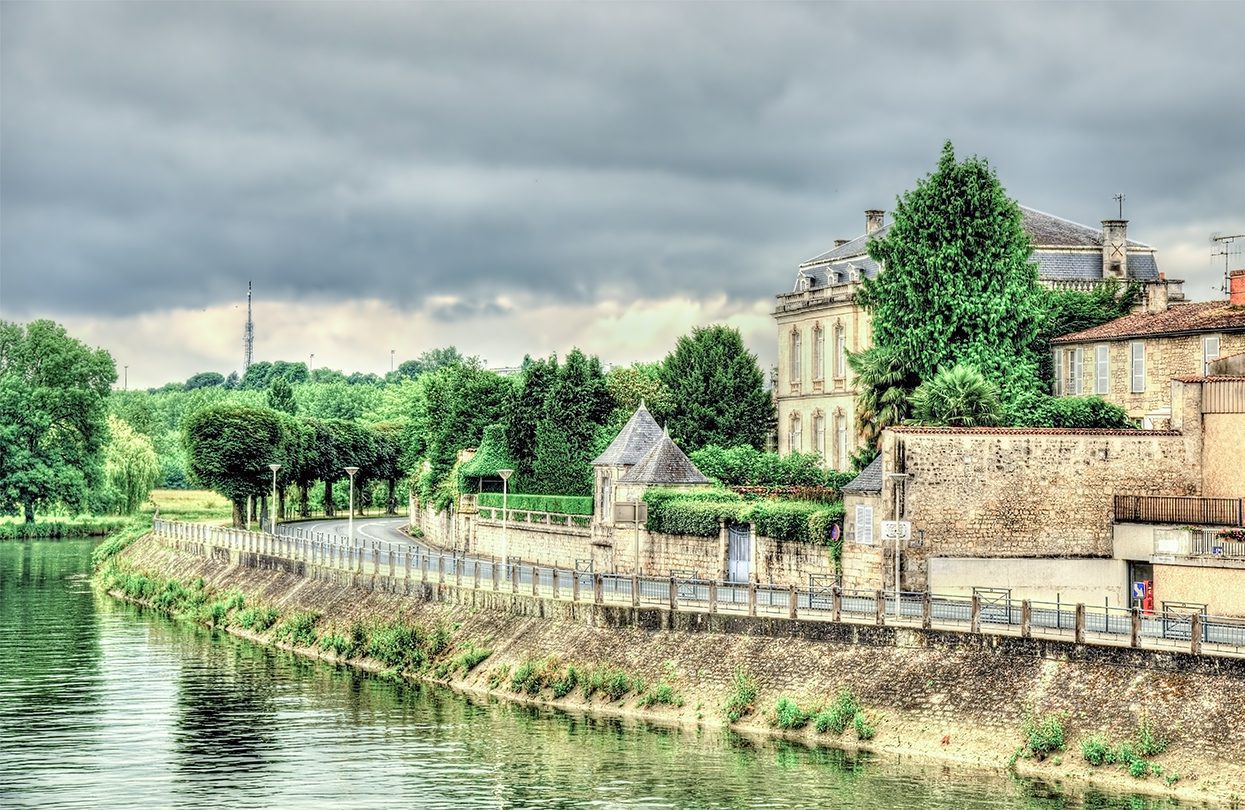
The embankment of the river Charente in Saintes, photo by Leonid Andronov
Which is how we – my wife and seven-year-old son in tow – found ourselves leaving Paris behind as our TGV train sped to the south-west. Our destination? The charming little town of Jarnac, where we’d stock up on supplies and step aboard for a week of barging on the Charente River.
Over the past decade barging holidays have become a hugely popular way to discover the French countryside, with self-drive boats allowing you to explore towns and villages off the tourist track. And it’s all done at a leisurely pace that allows you to relax and reconnect with family without rushing between those ‘must see’ sights. On the river, time slows down, and you’ll mark the days in market visits and your next leisurely meal, not your next Insta-story.
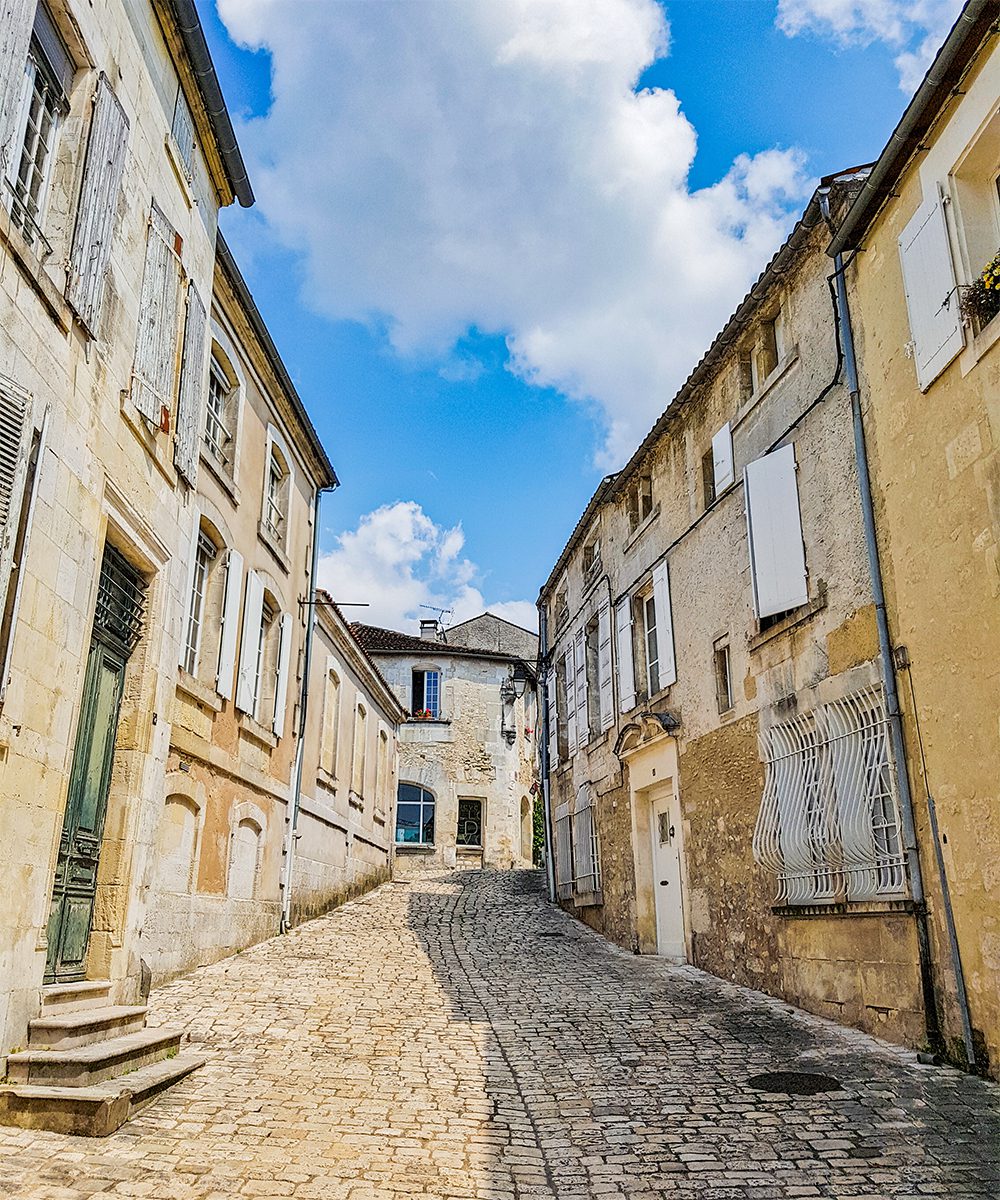
The cobbled streets of Cognac
There are beautiful rivers to explore across France, but we had chosen the sinuous Charente River in central France. From its source at Chéronnac, the Charente flows for 380-kilometres through pastoral scenery of farmland, vineyards and scenic villages. With some of the cleanest water in France, it’s perfect for swimming too.
We’d hired a luxury barge from leading European operator Le Boat, and after a brief tutorial about piloting the boat, and life on board, we were ready to cast off. With a clear chart of the river in hand, and seven days stretching out ahead of us, we had one simple decision to make. We left it to my son: left or right on the map.
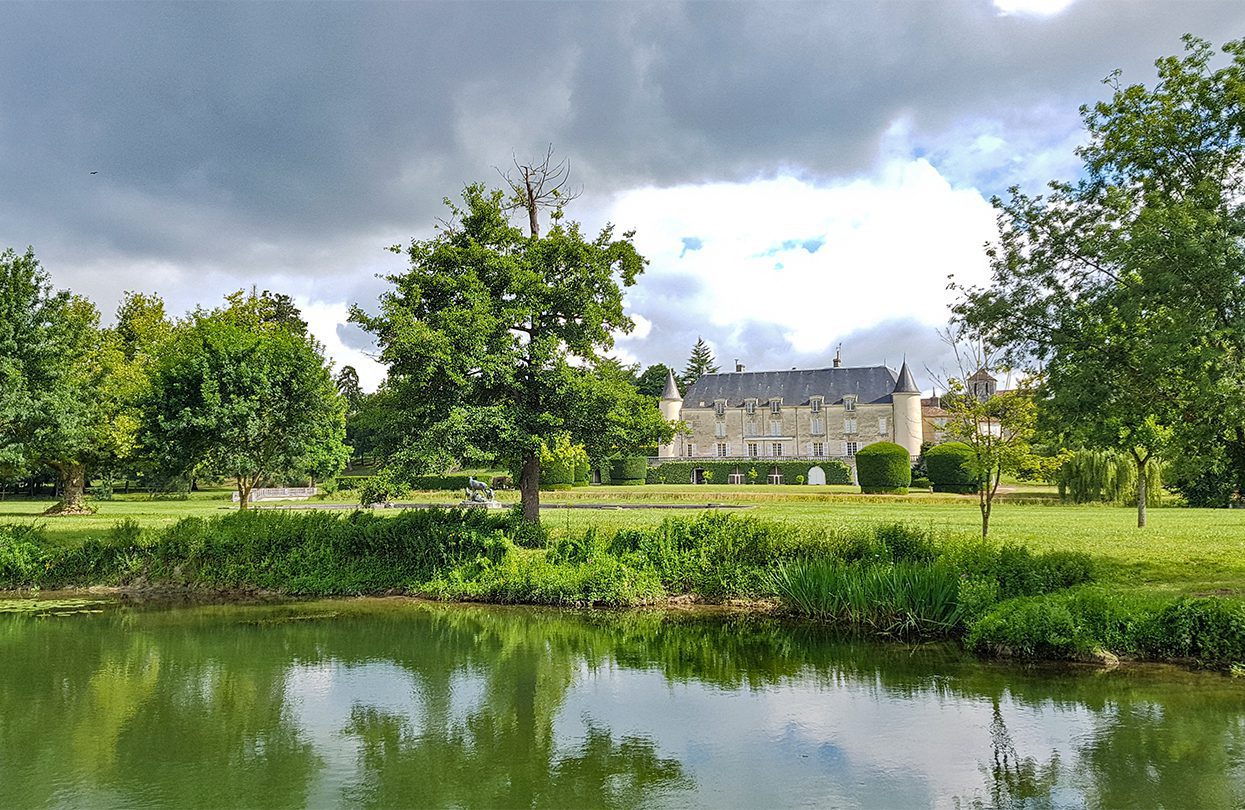
Grand châteaux line the river banks
Heading upstream would take us towards the medieval hilltop town of Angoulême and through the quiet upper reaches of the Charente River, while downstream would head past grand chateaux and scenic vineyards. I won’t lie, I was happy he chose downstream -because the highlight of the Charente is undoubtedly the town of Cognac, synonymous around the world with the fiery French spirit that was born here.
The town is home to the world’s most respected cognac houses; the likes of Martell and Rémy Martin; and, best of all, our mooring at the town pier was just a few minutes’ walk from the cellar door. On a bright summer’s morning we wandered through Cognac’s cobbled lanes, stopping at the town’s tasting rooms to sip and sample this iconic French spirit.
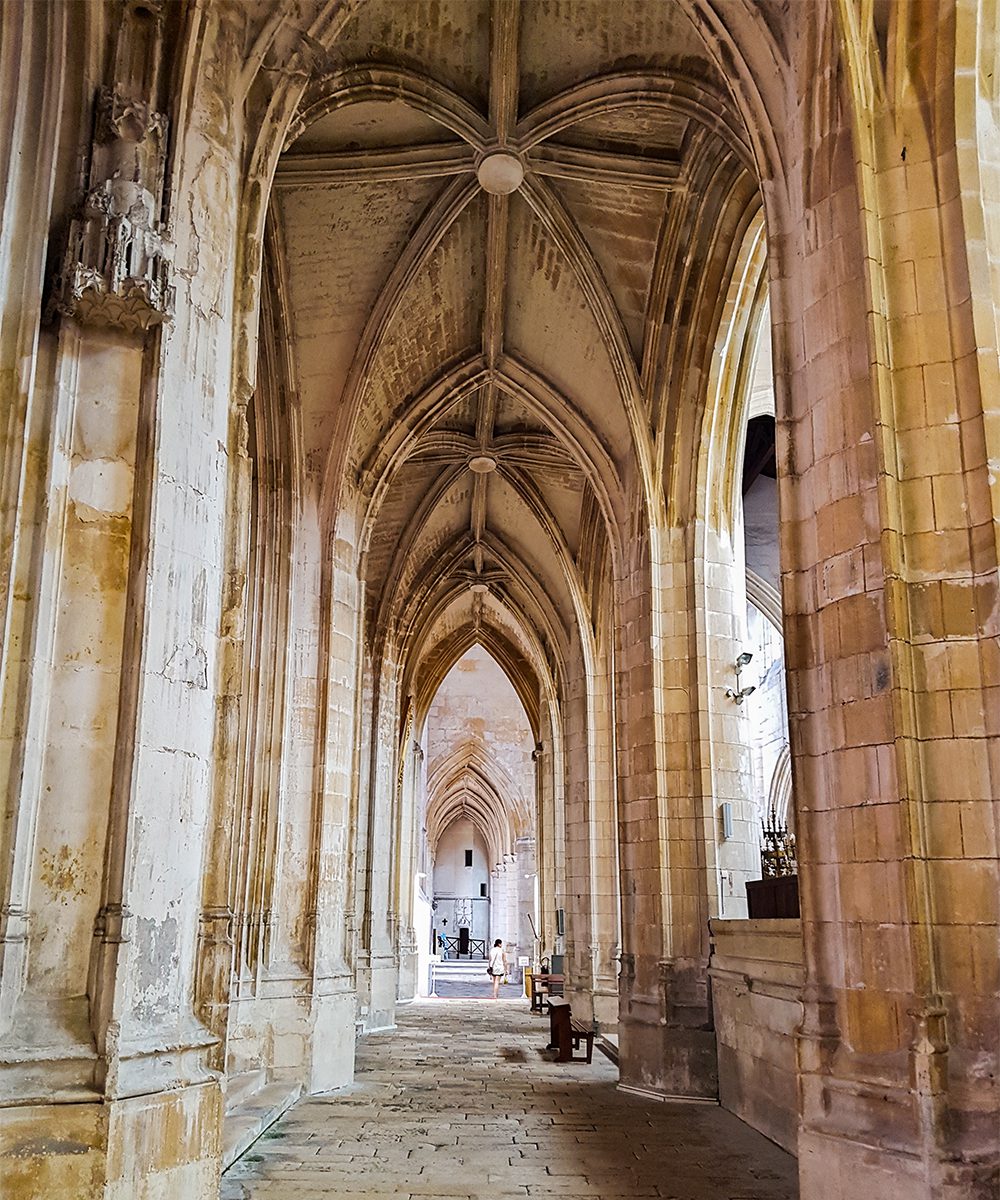
Cathédrale Saint-Pierre in Saintes dates to the 12th-century
Though less famous than the town’s other marques, the most charming experience is to be found at the 10th-century Château de Cognac, where we toured the atmospheric barrel cellars and sipped on aged Baron Otard cognac.
By the afternoon, our shopping basket filled with local bread and charcuterie, we cast off and motored downstream. One of the real joys of a boating holiday is the simple freedom to stop wherever you choose. On hot afternoons we’d tie up to a secluded mooring for a swim in the clean waters of the Charente.
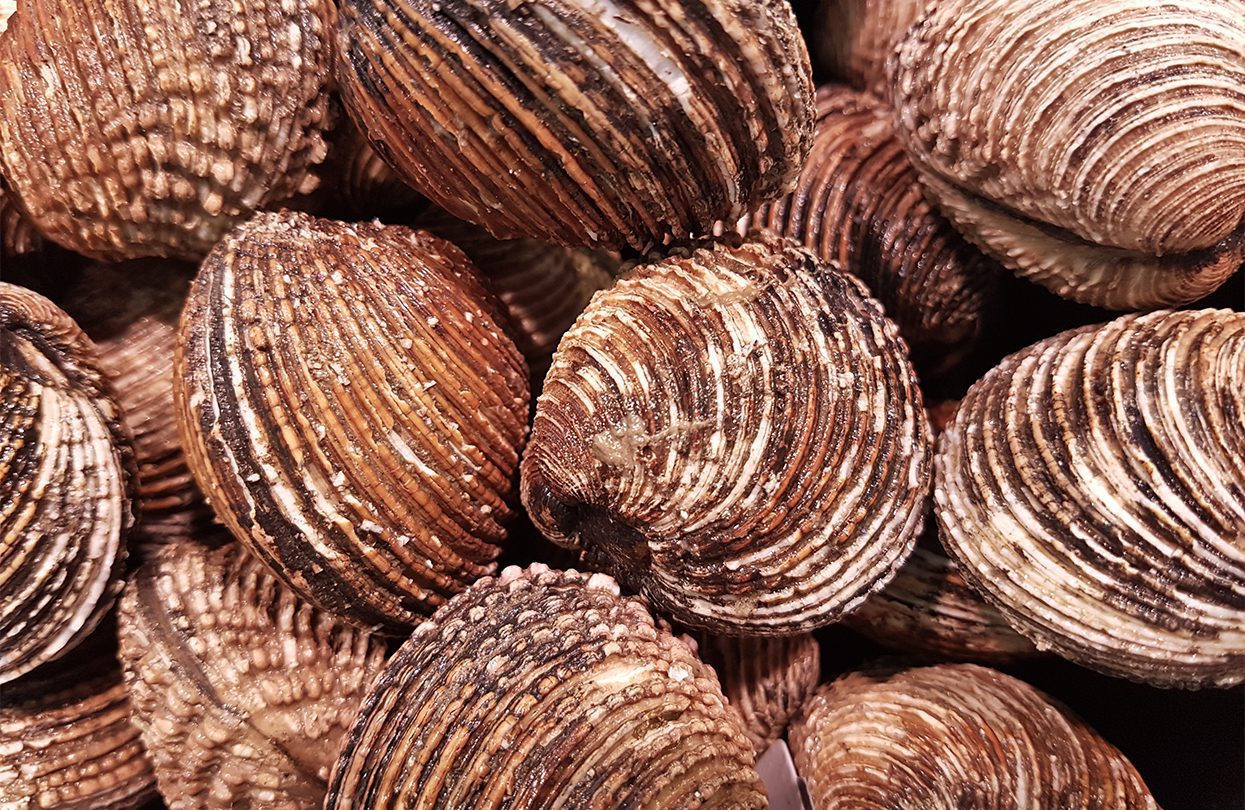
Local seafood from the nearby Atlantic ports
If we wanted peace and quiet, and a family dinner enjoyed on the open-air top deck of our boat, we’d select a country mooring and soak up the sunset without another soul in sight. Or, if we preferred a meal in a local bistro we’d plan to moor for the night in one of the towns that sprout along the riverbank.
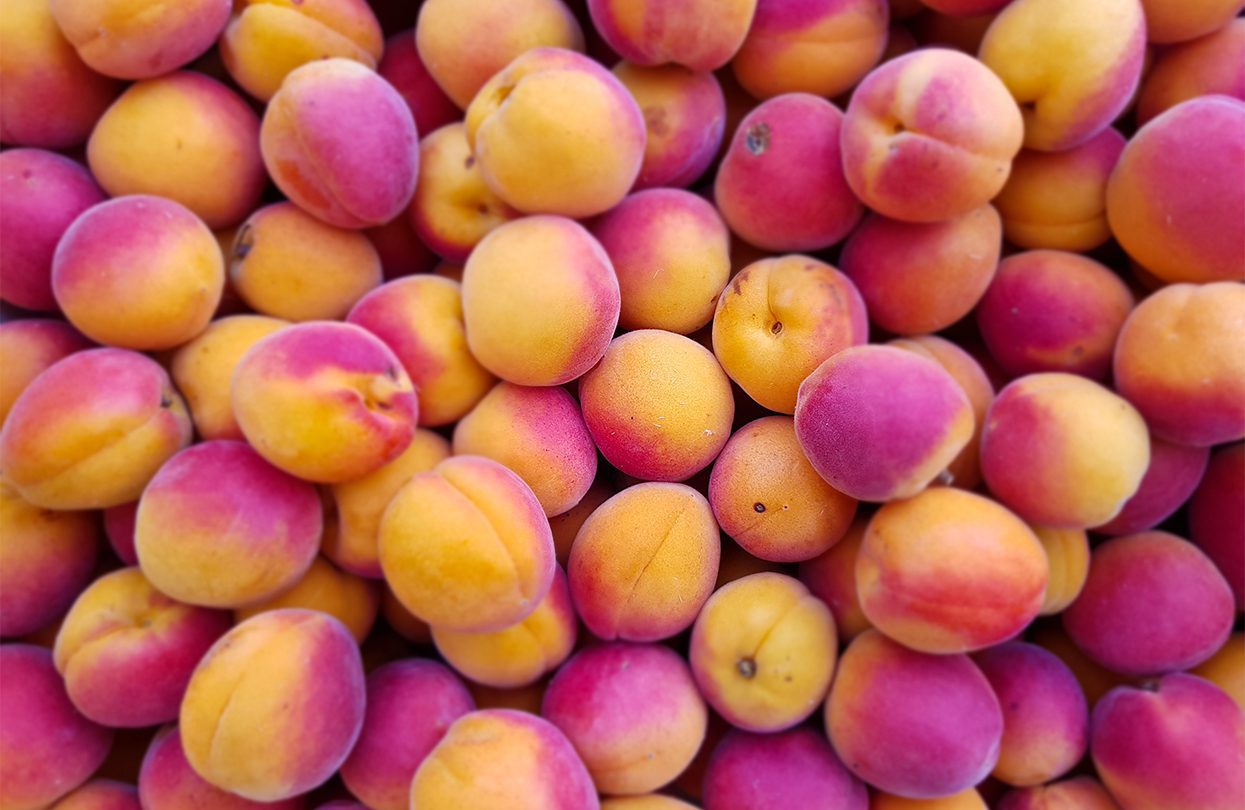
Fresh peaches and summer’s bounty in local markets
These rivers were once the arteries of France, carrying trade between the ocean and the hinterland. For centuries trading ships have plied the waters of the Charente, carrying fresh produce and aged cognac to the Atlantic port at Rochefort, returning with salt from the coast.
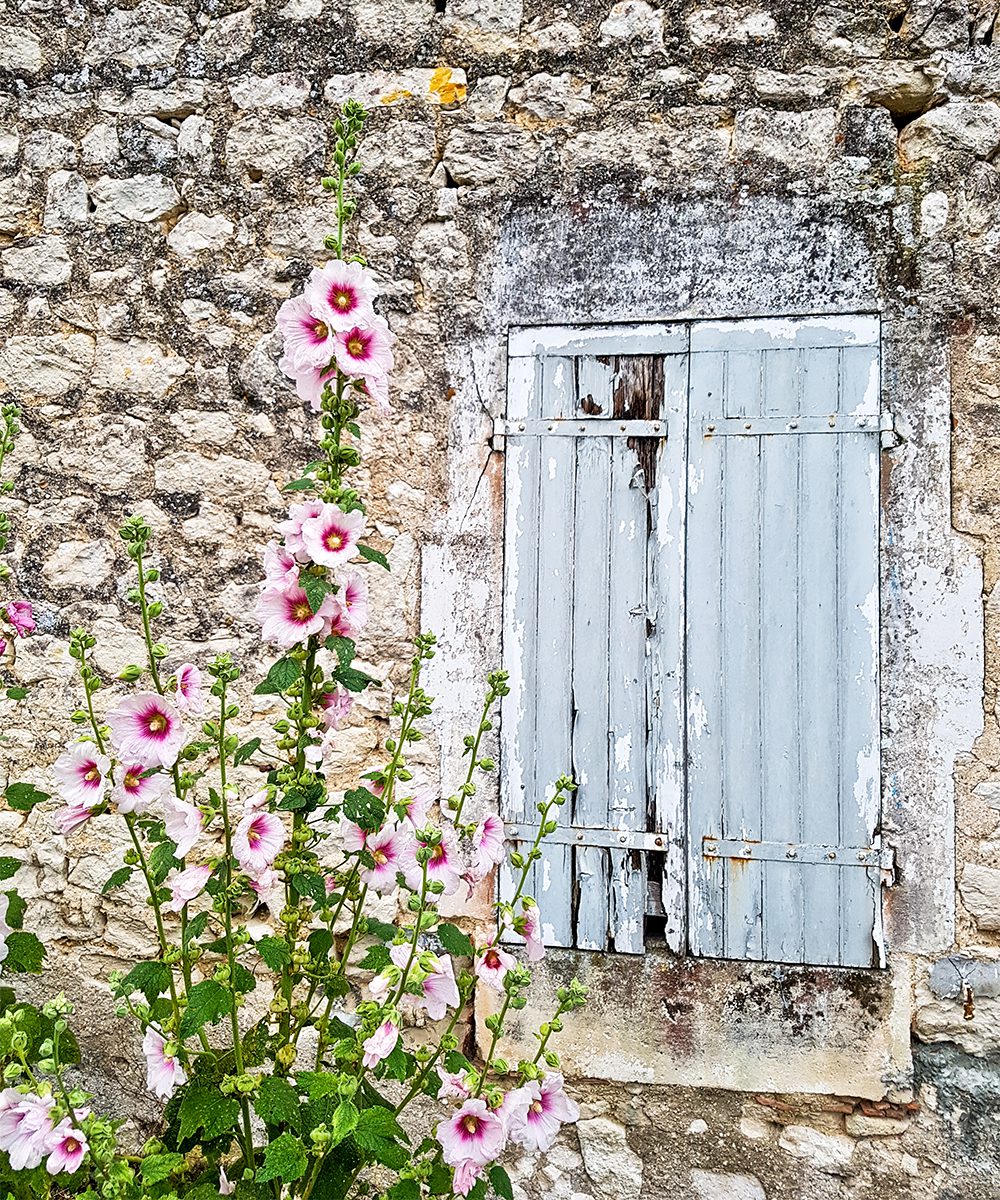
Floral wanders in local villages
To smooth their passage the Charente – like many major rivers in France – was levelled out with locks, their large wooden gates raising and lowering the river for boats to pass through stone corridors. On the Charente most locks are manual, requiring an energetic 30 minutes of turning wheels and throwing ropes to navigate safely through. It’s hard work in the heat, but great fun for families.
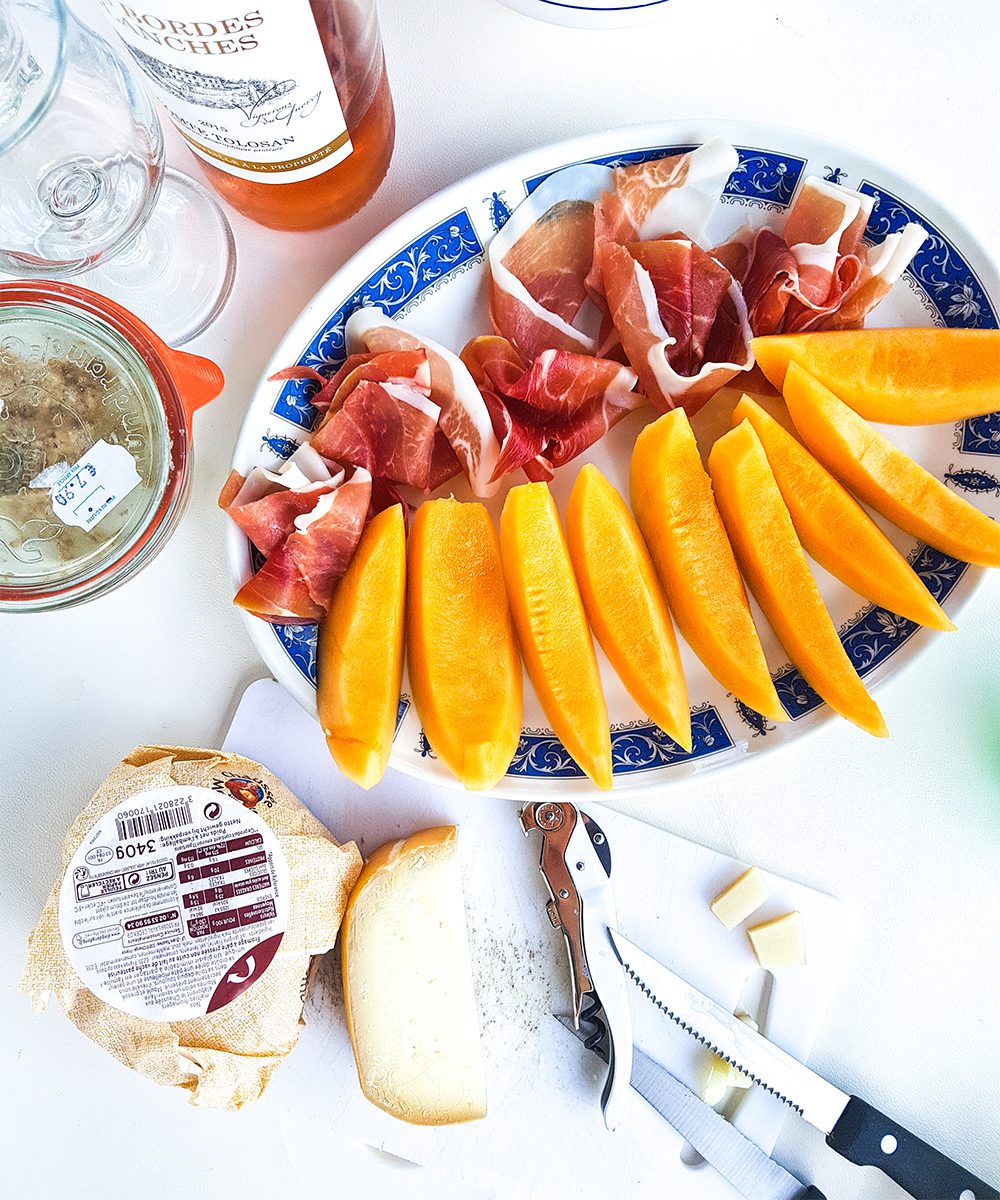
Market fare will fill your boat’s galley
But that’s about the hardest you’ll have to work on a barging holiday. The new generation of riverboats come with all the mod-cons, from spacious sun-decks and outdoor barbecues to indoor air-con and integrated USB ports. And steering the boats is easier than driving a car, with simple controls and bow/stern thrusters to make mooring a breeze.
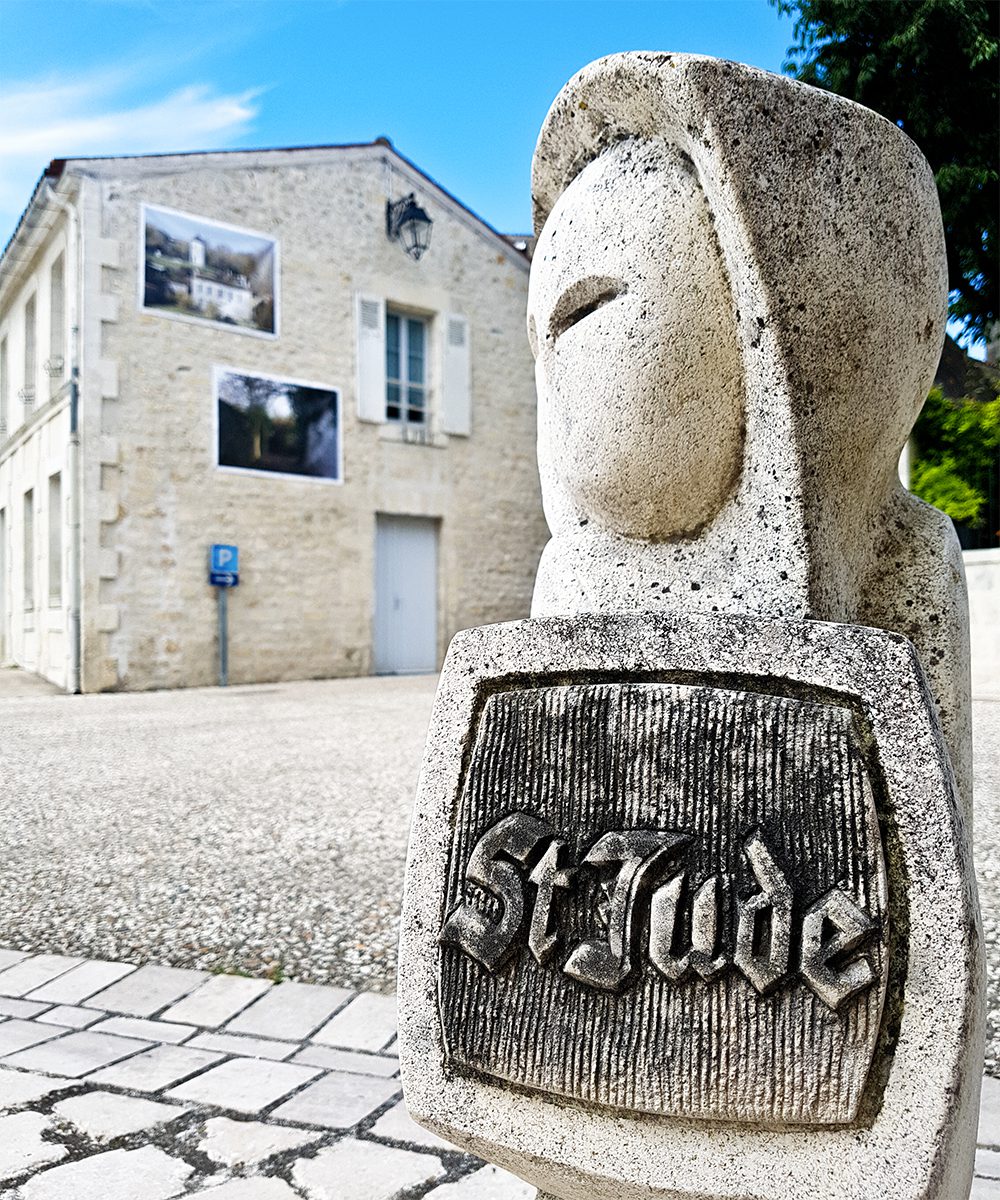
The village of Saint-Savinien is famous for its stone, and its church
This left us with plenty of time to plot our course for the week. Near the village of Chaniers – don’t miss the Sunday morning oyster market – we admired the seven arches of the 17th-century mill house. Today, completely restored, Le Moulin is home to an acclaimed restaurant popular with day-trippers.
At the hamlet of Dompierre sur Charente we sat in reverie in the 11th-century chapel, and amused the locals with our poor French while buying pain au chocolat at the village boulangerie.
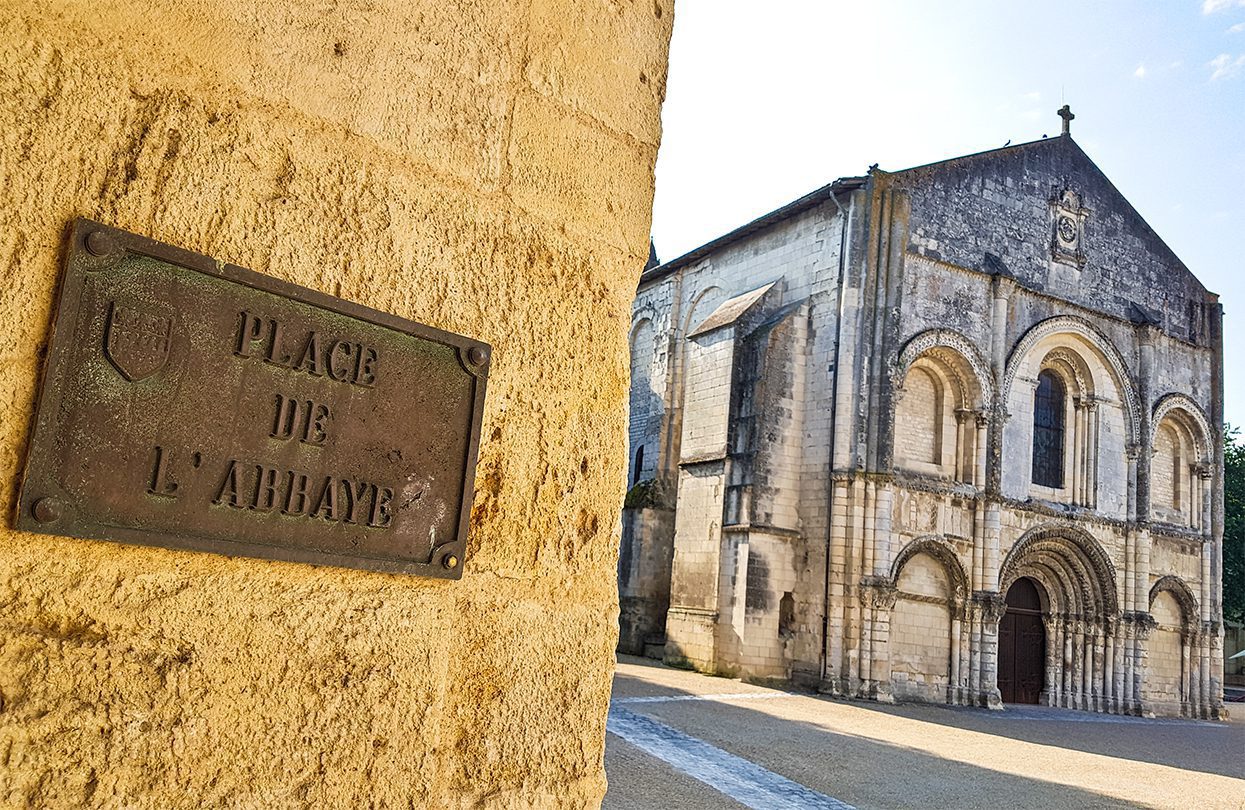
The Abbaye aux Dames in Saintes dates back nearly 1000 years
One of the standouts of the Charente is the town of Saintes, which dates back two thousand years to Roman times. Back then, it was known as Mediolanum Santonum, and today still the towering stone arch of Arc de Germanicus dominates the riverbank. Just a short walk from our overnight mooring – free of charge, with power and water to plug into – we gazed up at the Gothic architecture of the Saint-Pierre Cathedral, and tackled the steep hills to the Roman amphitheatre.
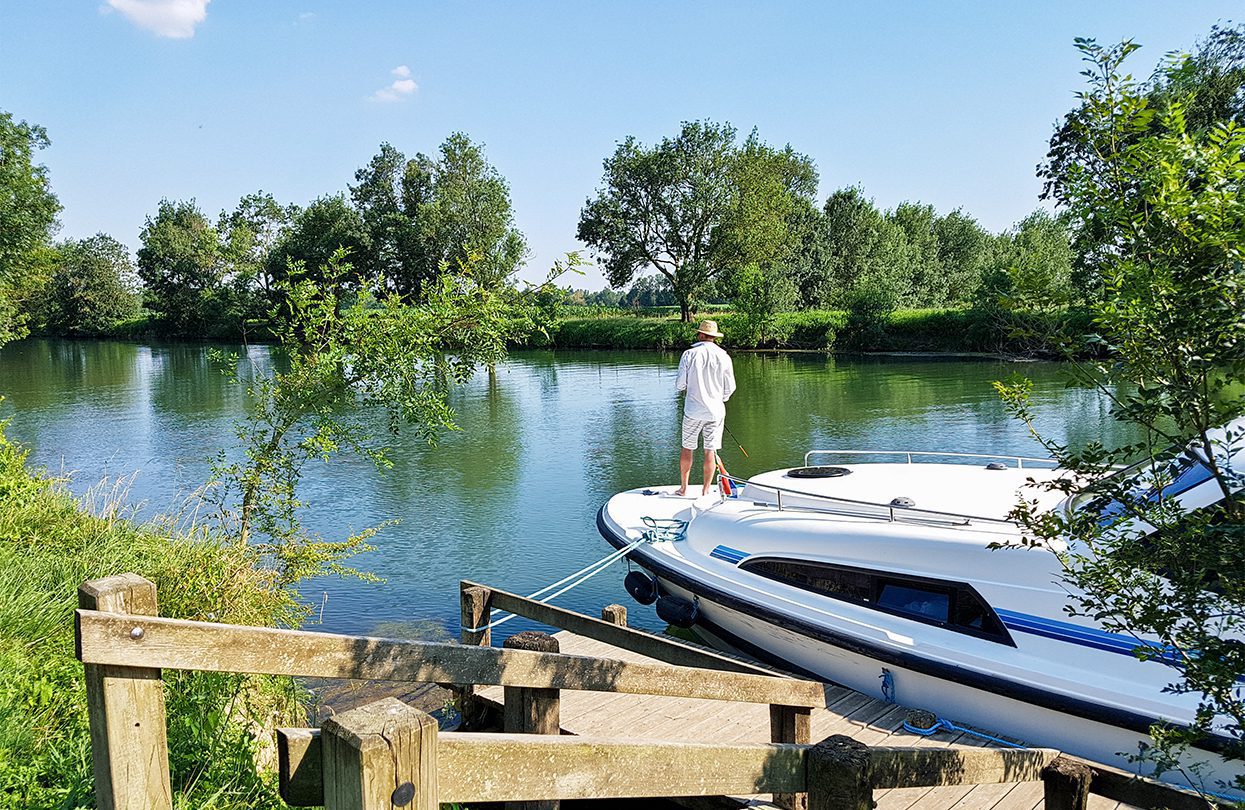
Country moorings offer plenty of downtime
The next morning we jostled with the locals at the Marche St. Pierre, stocking up on seasonal fruit, ripe local cheese and wonderful regional seafood for dinner. Later we’d while away the afternoon in Saint-Savinien, a charming village of quiet squares and family-friendly attractions, before a last evening moored in the quiet countryside, sipping local wines as the sun slipped beneath the river. A memorable end to what was our first holiday on the waters of France, but certainly not the last. Book via leboat.com ◼
Subscribe to the latest edition now by clicking here.
© This article was first published in June-July 2019 edition of World Travel Magazine.

